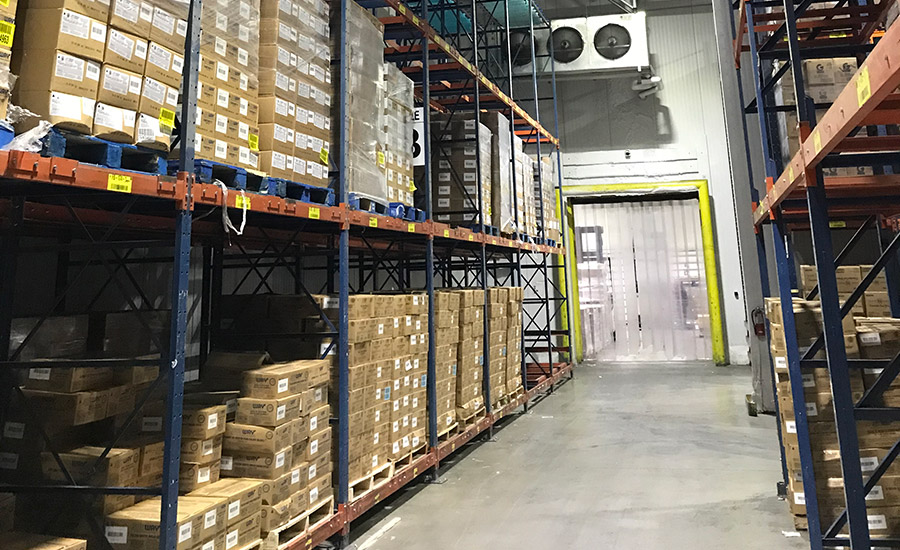Having a blog can be a great way to share your expertise with the world, but without the right approach, it can be difficult to make sure that your blog is seen. One of the most effective ways to drive traffic to your blog is by using search engine optimization (SEO). SEO can help make it easier for your blog to be found by potential readers who are searching for content related to your topic. In this blog post, we’ll explore the various techniques you can use to optimize your blog for search engines and drive traffic to your blog. From understanding the basics of SEO to optimizing your blog’s content and structure, this blog post will provide you with the information you need to ensure that your blog is seen by the right people.
- Research Keywords
Before you start writing content for your blog, you need to do some research to find out which keywords you should target. This is where keyword research comes in. By researching the right keywords, you can identify the words and phrases that your target audience is using to search for content related to your niche. By targeting these keywords in your blog posts, you can drive more organic traffic to your website and improve your search engine rankings. There are a variety of tools, such as Google Keyword Planner and Moz Keyword Explorer, that you can use to research the best keywords for your blog.
- Optimize Your Posts
The second step in using SEO to drive traffic to your blog is to optimize your posts. This means ensuring that all of your blog content is SEO-friendly, so that it can rank higher in search engine results and draw more visitors to your site. When optimizing your posts, start by including relevant keywords in the titles, headings, and body text. Additionally, make sure to include internal links to other posts and external links to reputable sources. Finally, optimize your images with suitable titles and alt-text to improve your blog’s visibility.
- Track Your Performance
Once you have implemented all the SEO strategies discussed above, you should track the performance of your blog to see if it is successful in driving more traffic. You can track the performance by simply checking the number of visitors coming to your blog. This can be easily done via Google Analytics, which is a free tool offered by Google. It will show you the number of visitors, their source, and other valuable information about your blog’s performance. You can also use other tracking tools to track user engagement and measure the success of specific SEO campaigns. By tracking the performance of your blog, you can adjust your SEO strategies if needed and make sure your blog is optimized for search engine success.
- Use Internal Links
Linking to other blog posts or pages on your site, also known as internal links, is a great way to leverage SEO to drive more traffic to your blog. Internal links help Google understand the context of the content on your site, as well as how different pieces are related. They also help to spread page authority and ranking power throughout your site. Additionally, if you’ve written posts that contain similar topics, you can use internal links to link those posts together. This will help your visitors to find all the relevant content on your blog much faster.
- Promote Your Content
Promoting your content is an important part of SEO. You can use a variety of tactics to get your content in front of more people, such as sharing it on social media, submitting it to online directories, and sending it out in newsletters. Once you’ve written a post, make sure you’re taking advantage of all the opportunities you have to get it seen. Submit your content to relevant websites, pitch it to influential bloggers, and share it on social media. That way, you can maximize the potential for driving more traffic to your blog.
In conclusion, SEO is an essential tool for increasing your blog’s visibility, improving your ranking in search engine results, and driving more traffic to your blog. By optimizing your blog posts, researching and targeting relevant keywords, and building quality backlinks, you can work to make sure that your blog is seen by the right audience. Taking the time to understand and practice SEO can help you create a successful blog that readers will return to, time and time again.




